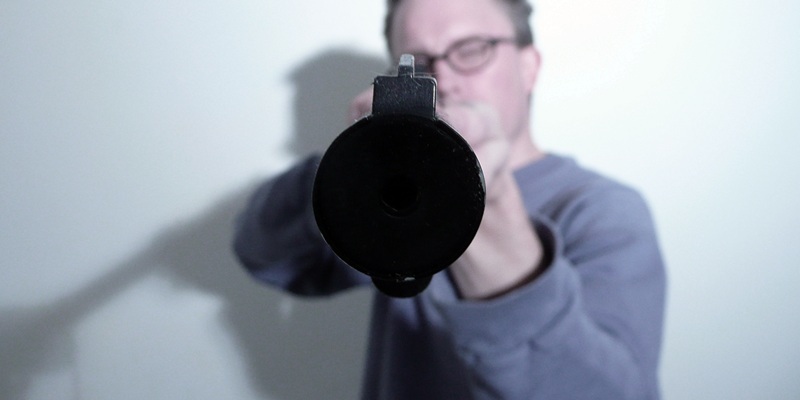The danger posed by air rifles should not be judged by their power rating alone, according to a study by Abertay University.
Consideration should also be given to the damage their pellets cause when they rebound off hard surfaces like bone into human tissue.
Air weapons are considerably lower in power than other firearms, but there is increasing concern about the potential fatalities from their misuse.
Under current UK legislation anyone over the age of 18 can purchase an air rifle provided it delivers less than 16.2 joules of energy.
Earlier this year a teenager was physically and mentally scarred for life after being shot with an air rifle in Dundee.
The 14-year-old was left with a pellet lodged in a chest cavity close to his heart. His assailant was detained for 21 months.
After a number of high profile cases in which both children and adults have been injured or killed, there have been campaigns for greater control on the sale of air weapons.
The Scottish Government is also seeking the right to control air weapons in Scotland, a power currently reserved to Westminster.
The Abertay research, published in Forensic Science International, aimed to improve understanding of how air gun pellets behave when fired into the human body.
Although much research has been carried out on handguns, much less has been done on air weapons.
The research involved air rifle pellets being fired into ballistic gelatine, which is routinely used by firearms experts when testing weapons due to its similarity to muscle tissue.
Results suggest the pellets may penetrate further than initially expected, and that the weapon’s power on its own is not a reliable indicator of potential penetration.
Studies using a computed tomography (CT) scanner have looked at the impact of air rifle pellets on bone and the fragmentation and ricochet of the pellet.
Study leader Dr Graham Wightman said, “In general terms, the safety of air weapons should not be judged on their power alone, as is currently the case.”
The Abertay University team, which was supported by the Dundee laboratory of the Scottish Police Services Authority (SPSA), plans to look at other aspects of damage caused by air rifle pellets.
Photo used under Creative Commons licence courtesy of Flickr user madmolecule.
